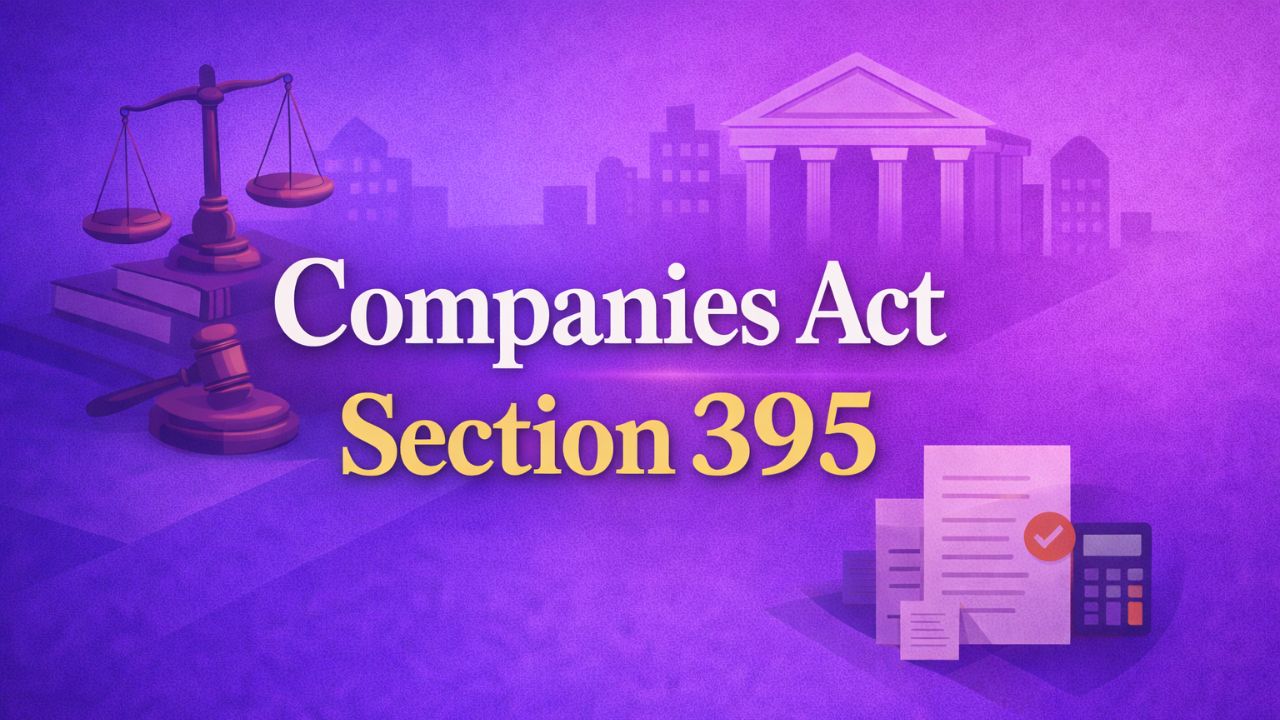
CONNECT TO AN EXPERT
Payroll is the process of paying the employees of any company. This process includes collecting the list of employees to be paid, calculating the employee’s pay, tracking the hours worked, recording the payroll expense, and distributing the salary on time. An organization can handle all parts of the payroll process in-house or can also outsource to a payroll processing company.
Payroll can be defined as the payment a company needs to pay to its employees for a definite period or on a given date. The payroll process is the list of the company’s employees who are entitled to get the payments along with other work benefits. This process is generally managed by the human resources or the accounting team of an organization. The payrolls for small-business can be done directly by the owner.
Key components of payroll
The main components of payroll are as follows:
Gross pay: Also known as Gross Income, Gross Pay is the total earning that an employee gets before any deduction or taxes. Gross Pay also includes other types of payments that an employee may have such as holiday pay, bonuses, vacation or sick pay, and any miscellaneous pay.
Deductions: Different voluntary deductions can be taken out of the gross pay of an employee. Some deductions are taken out before taxes and some are taken out after taxes.
Taxes: Different government levels require employers to withhold different types of income tax and payroll tax.
Wage garnishments: It is a process of collecting unpaid debts that need employers to withhold money from an employee’s salary and then send it directly to the creditor. Overdue debts that may result in wage garnishments include medical bills, credit card bills, federal student loans, child support and alimony, and tax levies.
Net pay: It is the total amount that an employee gets after all necessary and voluntary deductions are taken out.
Steps in the payroll process
There are 3 stages of payroll processing which are as follows:
Pre Payroll: This process includes various methods like payroll policies, collecting all the payroll inputs from the different departments, and authenticating those inputs.
Actual Payroll: It is the next step in payroll processing. Actual Payroll means calculating all the data, generally through software, that offers you the total amount to be paid to each employee after all the required deductions.
Post payroll: It is the last step of payroll processing which includes adhering to the legal compliances by paying the concerned authorities like Employees' Provident Fund Organization, Income tax department, and Employees' State Insurance (ESI). It also includes payroll accounting, payout through cheque, cash, or bank transfers. The last step in this process is reporting that involves making accurate reports for further analysis and action.


Offices in India


Years Experience


Your Time


Back Guarantee
Credence Corporate Solutions Pvt Ltd is one of the leading Online Business Solution Company in India, where any Large, Medium or Small business houses as also Entrepreneurs get Start-up services and Taxation solutions. One stop business set-up and corporate services company. We are a team of Professionals and Associates like Chartered Accountants, Company Secretary and Consultants with vast knowledge and experience, committed to provide consistent, customized and workable solutions in the fields of ROC, Taxation, Accounting, Labour Laws, Audits, etc...
Read MoreGet the latest company news, corporate information, and more on Credence Corporate Solutions. View this section for the recent information on Company Registration, Licenses, GST, Income Tax, Trademark, Product Mark and other topics. Get to chat with our business experts, read business articles, and stay up-to-date on the newest business news.
 Jan 03, 2026
Jan 03, 2026
Companies Act, Section 395: Annual Reports Where One or More State Governments Are Members of Companies Section 395 of the Companies Act, 2013 sets out the statutory r...
Read More Jan 03, 2026
Jan 03, 2026
Companies Act, Section 394: Annual Reports on Government Companies Section 394 of the Companies Act, 2013 lays down the statutory requirements for the preparation and ...
Read More© 2020 CREDENCE CORPORATE SOLUTIONS PVT. LTD. | Website by Wits Digtal Pvt. Ltd.